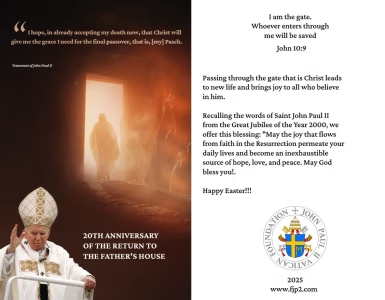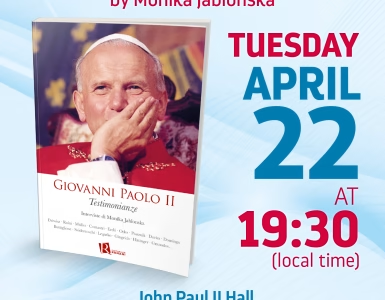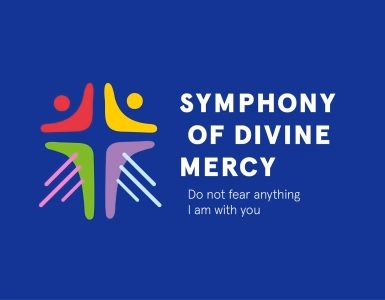All Souls Day is a holy day set aside for honoring the dead. The day is primarily celebrated in the Catholic Church, but it is also celebrated in the Eastern Orthodox Church and a few other denominations of Christianity. The Anglican church is the largest protestant church to celebrate the holy day. Most protestant denominations do not recognize the holiday and disagree with the theology behind it.
According to Catholic belief, the soul of a person who dies can go to one of three places. The first is heaven, where a person who dies in a state of perfect grace and communion with God goes. The second is hell, where those who die in a state of mortal sin are naturally condemned by their choice. The intermediate option is purgatory, which is thought to be where most people, free of mortal sin, but still in a state of lesser (venial) sin, must go.
Purgatory is necessary so that souls can be cleansed and perfected before they enter into heaven. There is scriptural basis for this belief. The primary reference is in 2 Maccabees, 12:26 and 12:32. “Turning to supplication, they prayed that the sinful deed might be fully blotted out… Thus made atonement for the dead that they might be free from sin.” Additional references are found in Zechariah, Sirach, and the Gospel of Matthew. Jewish tradition also reinforces this belief as well as the tradition and teaching of the Church, which has been affirmed throughout history. Consistent with these teachings and traditions, Catholics believe that through the prayers of the faithful on Earth, the dead are cleansed of their sins so they may enter into heaven.
The belief in purgatory has not been without controversy. Certainly, some flagrant abuses of the doctrine were used to raise money for the Church during the renaissance. Famously, Martin Luther argued with the monk, Johan Tetzel, over the sale of indulgences. Indulgences were sold as spiritual pardons to the poor and applied to the souls of the dead (or the living) to get people into heaven. The abuse of indulgences and the blatant, sometimes fraudulent practice of selling indulgences for money, led to Luther’s protest.
When Martin Luther translated the Bible into German, he omitted the seven books of the canon which refer to prayers for the dead. He then introduced the heretical belief that people are simply saved, or not, and argued that there is no need to pray for the dead to get them into heaven. The Church reeled from Luther’s accusation and reformed its practice of selling indulgences. However, it reemphasized the Biblical and traditional practice of praying for the departed and the importance of such prayers.
All Souls Day is celebrated in much of the western world on November 2. Other rites have their own celebrations. The Eastern Orthodox Church has several such days throughout the year, mostly on Saturdays. All Souls Day is not a holy day of obligation. It should not be confused with All Saints’ Day, which is a holy day of obligation.
Many cultures also mark the day differently. In North America, Americans may say extra prayers or light candles for the departed. In parts of Latin America, families visit the graves of their ancestors and sometimes leave food offerings for the departed.
The official name of the celebration in the Roman Rite liturgy of the Roman Catholic Church is “The Commemoration of All the Faithful Departed“. Another popular name in English is Feast of All Souls. In some other languages the celebration, not necessarily on the same date, is known as Day of the Dead (DĂa de los Muertos or de los Difuntos in Spanish-speaking countries; halottak napja in Hungary; Yom el Maouta in Lebanon, Israel and Syria).
The Western celebration of All Souls’ Day is on 2 November and follows All Saints’ Day, which commemorates the departed who have attained the beatific vision. If 2 November falls on a Sunday, the Mass is of All Souls, but the Office is that of the Sunday. However, Morning and Evening Prayer (Lauds and Vespers) for the Dead, in which the people participate, may be said. In pre-1969 calendars, which some still follow, and in the Anglican Communion, All Souls Day is instead transferred, whenever 2 November falls on a Sunday, to the next day, 3 November, as in 2008.
The Eastern Orthodox Church dedicates several days throughout the year to the dead, mostly on Saturdays, because of Jesus’ resting in the tomb on Saturday.
The Western celebration
Historically, the Western tradition identifies the general custom of praying for the dead dating as far back as 2 Maccabees 12:42-46. The custom of setting apart a special day for intercession for certain of the faithful on November 2 was first established by St. Odilo of Cluny (d. 1048) at his abbey of Cluny in 998. From Cluny the custom spread to the other houses of the Cluniac order, which became the largest and most extensive network of monasteries in Europe. The celebration was soon adopted in several dioceses in France and spread throughout the Western Church. It was accepted in Rome only in the fourteenth century. While 2 November remained the liturgical celebration, in time the entire month of November became associated in the Western Catholic tradition with prayer for the departed; lists of names of those to be remembered being placed in the proximity of the altar on which the sacrifice of the mass is offered.
The legend connected with its foundation is given by Peter Damiani in his Life of St Odilo: a pilgrim returning from the Holy Land was cast by a storm on a desolate island. A hermit living there told him that amid the rocks was a chasm communicating with purgatory, from which perpetually rose the groans of tortured souls. The hermit also claimed he had heard the demons complaining of the efficacy of the prayers of the faithful, and especially the monks of Cluny, in rescuing their victims. Upon returning home, the pilgrim hastened to inform the abbot of Cluny, who then set 2 November as a day of intercession on the part of his community for all the souls in Purgatory.
Catholic Online





